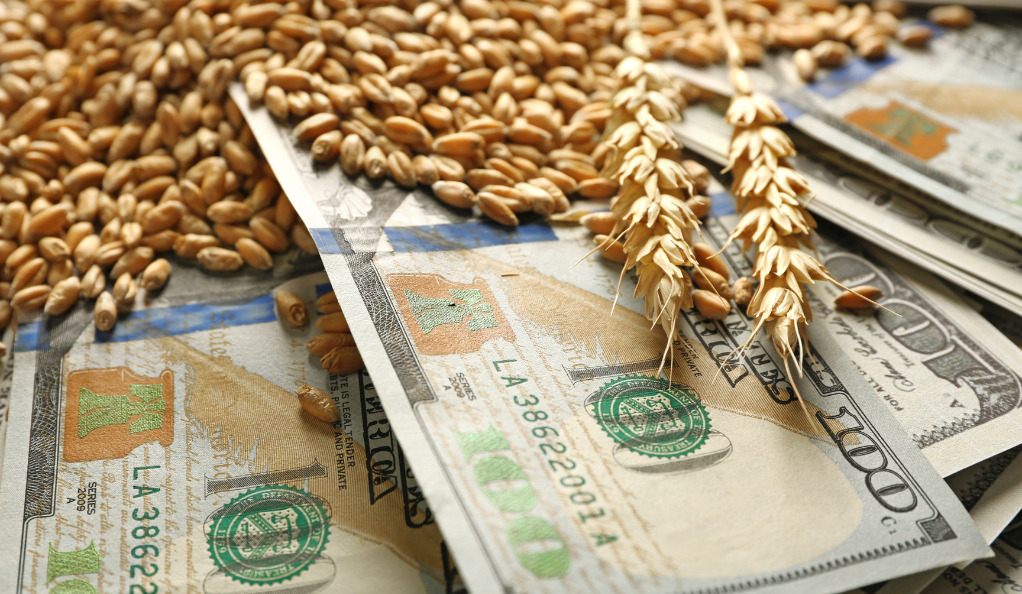Agribusiness 101: Key Financial Metrics Every Investor Should Know
Investing in agribusiness has become increasingly appealing in recent years as the global demand for food, fiber, and renewable resources continues to rise. However, diving into the world of agribusiness requires more than just a passion for farming; it demands a comprehensive understanding of key financial metrics that play a pivotal role in determining the success of your investment. In this article, we will explore and demystify these critical financial indicators that every investor should be well-versed in before embarking on their agribusiness journey.
Agribusiness, often referred to as the backbone of our global food supply, encompasses a wide range of activities including farming, processing, distribution, and retailing of agricultural products. It’s a multifaceted sector that involves intricate financial operations, making it essential for investors to comprehend the financial metrics that influence the success of agribusiness ventures.
Gross Farm Income (GFI)

Gross Farm Income (GFI) serves as a starting point for evaluating the revenue generated by an agribusiness. It includes the total income derived from the sale of crops, livestock, and other agricultural products before deducting any production expenses. This metric provides insight into the business’s revenue-generating capacity, aiding investors in assessing its market positioning and potential profitability.
Net Farm Income (NFI)
Net Farm Income (NFI) takes a deeper dive into profitability by considering both operating and production costs. Calculated by subtracting all operational expenses from the Gross Farm Income, NFI provides a clearer picture of the actual profits derived from the agribusiness. This metric is invaluable for investors seeking a more accurate assessment of their potential returns.
Operating Profit Margin
Operating Profit Margin reveals the efficiency of an agribusiness in managing its costs and generating profit. Expressed as a percentage, it represents the portion of revenue that translates into operating profit after accounting for direct expenses. A higher operating profit margin indicates effective cost management and a greater potential for sustaining profitability.
Return on Assets (ROA)
Return on Assets (ROA) measures the efficiency with which an agribusiness utilizes its assets to generate profits. It is calculated by dividing the Net Farm Income by the total assets of the business. A higher ROA signifies that the business is effectively using its invested capital to generate income, making it an essential metric for assessing operational efficiency.
Debt-to-Equity Ratio

The Debt-to-Equity Ratio is a critical indicator of an agribusiness’s financial structure and risk profile. It measures the proportion of debt financing compared to equity. A high ratio suggests a significant reliance on borrowed funds, which can increase financial risk. On the other hand, a lower ratio indicates a more balanced financial structure, reducing the risk associated with the investment.
Current Ratio
The Current Ratio evaluates an agribusiness’s short-term liquidity and its ability to cover immediate liabilities. Calculated by dividing current assets by current liabilities, a ratio above 1 indicates that the business has sufficient assets to meet its short-term obligations. A healthy current ratio is essential for ensuring operational stability and weathering unforeseen financial challenges.
Earnings Before Interest and Taxes (EBIT)
Earnings Before Interest and Taxes (EBIT) is a crucial measure of an agribusiness’s operational profitability. It represents the income generated before considering interest and tax expenses. EBIT provides insight into the core profitability of the business, excluding external financial factors.
Earnings Before Interest, Taxes, Depreciation, and Amortization (EBITDA)
Earnings Before Interest, Taxes, Depreciation, and Amortization (EBITDA) is a refinement of EBIT that further excludes non-cash expenses like depreciation and amortization. EBITDA offers a clearer picture of the business’s cash flow potential, which is vital for sustaining day-to-day operations and fueling growth.
Cash Flow

Positive Cash Flow is the lifeblood of any agribusiness. It indicates whether the business is generating enough cash to cover its operational expenses, investments, and debt obligations. A healthy cash flow ensures the continuity of operations and the ability to seize growth opportunities.
Price-to-Earnings Ratio (P/E)
The Price-to-Earnings Ratio (P/E) assesses the relative value of an agribusiness’s stock by comparing its current market price to its earnings per share. A high P/E ratio might suggest that the market expects significant future growth, while a lower ratio might indicate undervaluation. It’s a crucial metric for investors evaluating the attractiveness of an investment.
Inventory Turnover
Inventory Turnover gauges how efficiently an agribusiness manages its inventory. A high turnover ratio indicates that products are sold quickly, reducing the risk of product obsolescence and minimizing storage costs. It’s essential for maintaining a healthy balance between supply and demand.
Land Utilization Efficiency
Land is a valuable asset in agribusiness. Land Utilization Efficiency assesses how effectively the land is being utilized to generate income. Maximizing the productivity of the land is crucial for boosting overall profitability and sustainability.
Sustainability Investments
In today’s environmentally conscious world, Sustainability Investments are gaining prominence in the agribusiness sector. Investors are increasingly looking for businesses that prioritize eco-friendly practices, as these initiatives not only align with consumer demands but also enhance the long-term viability of the business.
Conclusion
Investing in agribusiness can yield substantial rewards, but navigating this sector requires a firm grasp of key financial metrics. By understanding and analyzing these indicators, investors can make well-informed decisions that maximize their potential returns and contribute to the growth of the agribusiness industry as a whole.
FAQs
A balanced ratio mitigates financial risk by indicating a healthier mix of debt and equity financing, ensuring stability in varying economic conditions.
Optimizing supply chain management, streamlining production processes, and responding swiftly to market demand changes can enhance Inventory Turnover.
Sustainability Investments enhance a business’s reputation, attracting environmentally conscious consumers and potentially reducing long-term operational costs.
Positive Cash Flow ensures a business’s ability to invest in expansion, innovation, and infrastructure, driving long-term growth.
Operating Profit Margin reflects the effectiveness of cost management, indicating how efficiently an agribusiness converts revenue into profit after covering direct expenses.
